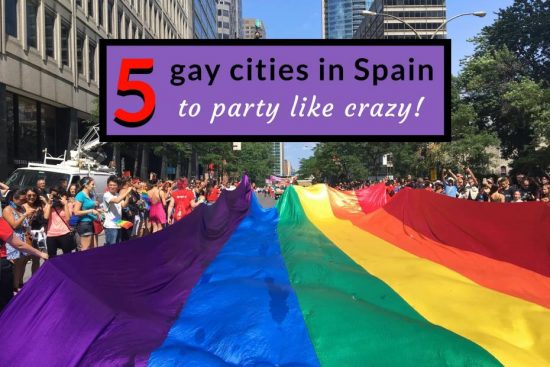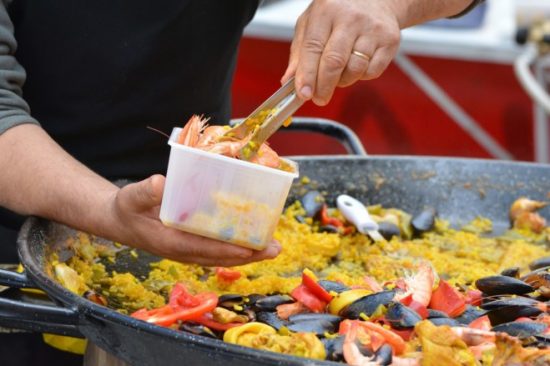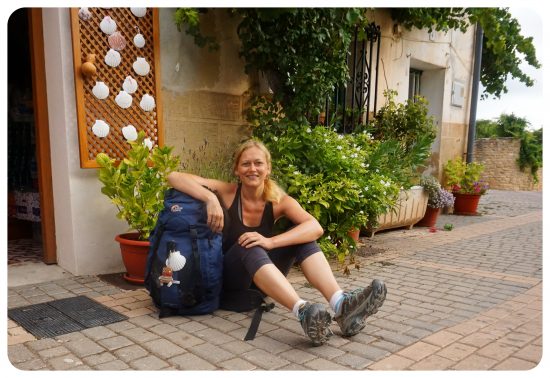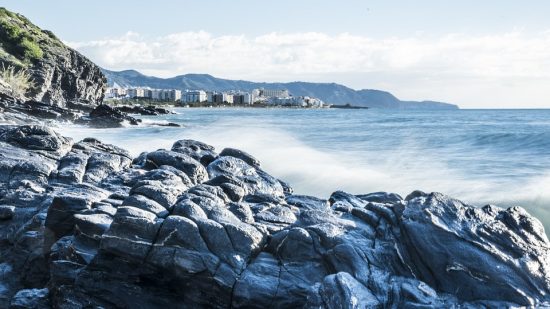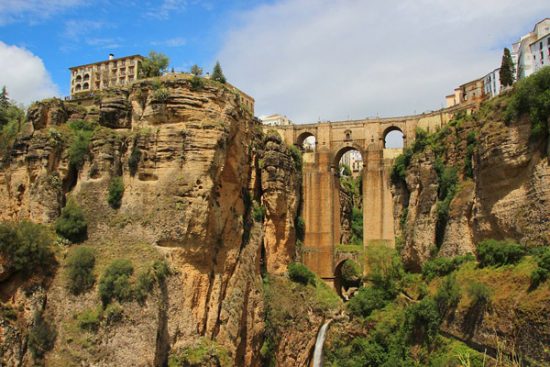
The romance of flamenco, fun-filled fiestas, magnificent cities steeped in history, picture postcard white villages perched atop rocky crags, breath-taking countryside, panoramic views and the lure of the ocean – Andalusia has it all.
The folks at DDG Retreat have compiled a list of great places to see and things to do while you’re in the area:
RONDA
Straddling the deep El Tajo gorge, this historic town – only an hour away – is truly spectacular. Its dramatic views, fabulous Old Town and other historic attractions, a fine choice of restaurants and fabulous souvenir shopping make Ronda a must-visit. Ernest Hemingway and Orsen Welles both spent many summers there.
 NERJA
NERJA
Marvel at the world’s largest stalagmite – a staggering 32-metre high column – at the magnificent Nerja Caves. Also worth a visit are the nearby Detunda Botanical Gardens and the Balcon de Europe where you can enjoy one of the best panoramas over this part of the coast.
TARIFA
Love the ocean, kite-surfing or perhaps some whale or dolphin watching? Located on the Costa de la Luz at the southernmost tip of Spain and within almost touching distance of Morocco, Tarifa is a surfy coastal town with beautiful beaches. It also boasts an old town full of fascinating history.
BAELO CLAUDIA
Combine a trip to the coast with a visit to the Roman archaeological site of Baelo Claudia, one of Spain’s most important Roman excavations. Named after Emperor Claudius, the ruins are fascinating and provide one of the best examples of Roman urban architecture to be found anywhere on the Iberian Peninsula.
BOLONIA BEACH
Escape the crowds and discover the locals’ best kept secret. Next to the Baelo Claudia ruins you’ll find a golden beach that stretches for miles. Backed by a pine forest and ringed by an extensive range of sand dunes Ensenada de Bolonia enjoys crystal clear waters and was once voted a Trip Advisor top 25 Europe beach.
PUNTA CHULLERA
Closer to home is another of our favourite beaches, Punta Chullera, just 20 minutes away. Its translucent waters make it perfect for swimming, diving and fishing. With inlets and small cliffs, this cove is of great ecological value and scenic interest. There’s also the ruins of an old watchtower to explore.
 CADIZ
CADIZ
The ancient and bustling port of Cadiz boasts 100 watch towers. Once the richest city in Spain and one of the oldest cities in Western Europe, Cadiz is steeped in history. Christopher Colombus set sail to the New World from here; Sir Francis Drake led the British strike against the Spanish Armada in 1587 and Lord Byron lived in Cadiz.
CASARES
Looking out from our Retreat, you’ll see below you the sugar-cube white houses of the beautiful pueblo blanco of Casares. Walk through the narrow streets until you reach the old fortress at the top. Views are incredible as you’d expect from its majestic position 1400 feet above the sea.
 MARBELLA OLD TOWN
MARBELLA OLD TOWN
The ancient walled Old Town of Marbella, known as El Casco Antiguo, is quite charming. It’s full of churches, plazas and lovely boutiques. If you’re looking for souvenirs, you can find hand-made clothing, crafts and jewellery and later you can enjoy a Mediterranean meal at the Plaza de los Naranjos.
FIESTAS
Andalusia, a region rich in folklore and tradition, is famous for its festivals. The season begins in earnest in April with the most well-known of all being the Feria de Abril in Seville. Over the Summer months most towns have their own fiestas – many are religious celebrations, but they’re always fun-filled.
ABOUT DDG:
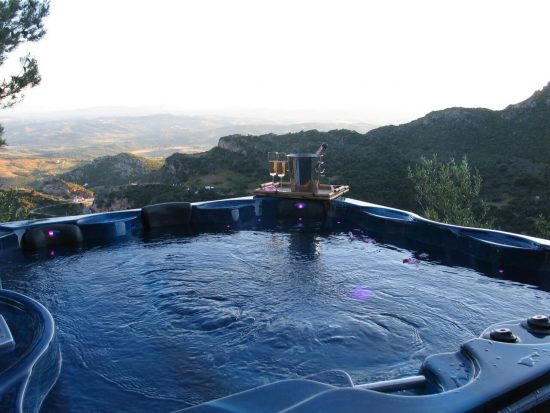
If your idea of the perfect holiday is a sunshine getaway that nourishes mind, body and soul all in one short super-break, head to the heart of beautiful Andalusia and combine a cultural city trip with a relaxing getaway. Our adults-only couples bolt-hole is a haven of calm and tranquillity, ideal for a restful few days of respite before you head off for the hustle and bustle of the Golden Triangle.
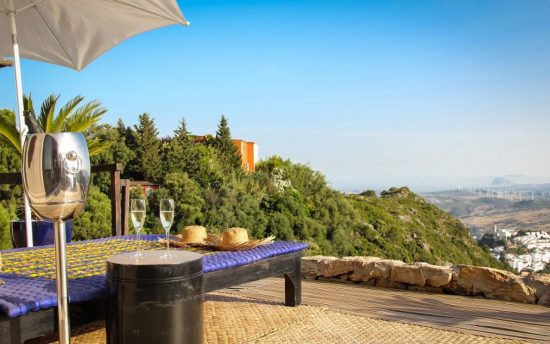
Or opt instead for the city life first and then rejuvenate afterwards in the peaceful ambience here as you immerse yourselves in our stunning woodland estate with its hilltop setting and breath-taking panoramic views. In total contrast to your city stay, at DDG Retreat you will truly be at one with nature.
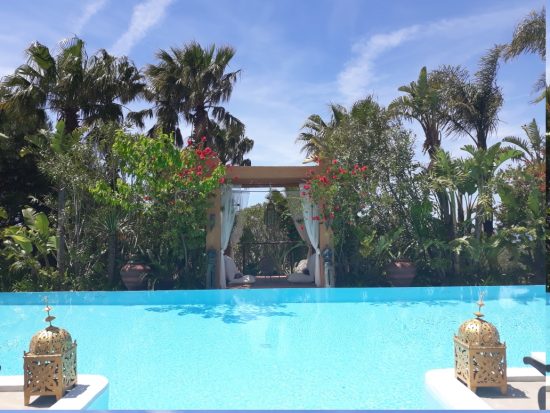
And if you choose one of our two luxury Suites, as featured in this weekend’s Times newspaper Travel section, you can bask in a truly one-of-a-kind experience – our canvas suites come complete with marble floors, chandeliers, air conditioning, luxury furnishings and original artefacts, as well as plenty of private outdoor space and either a hot tub or plunge pool.
As travel writer Liz Bird says, glamping has hit a new level!
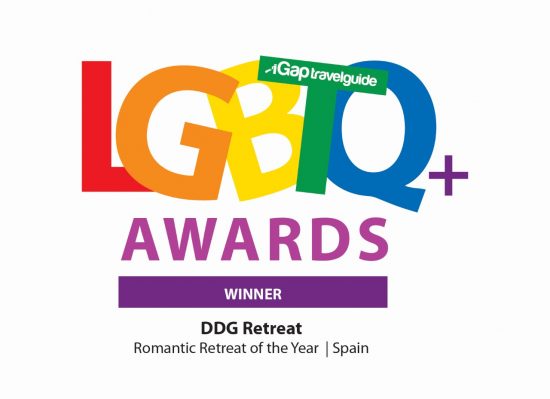
Story provided by Daria at DDG Retreat
Andalusia Gay Travel Resources










